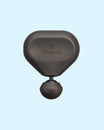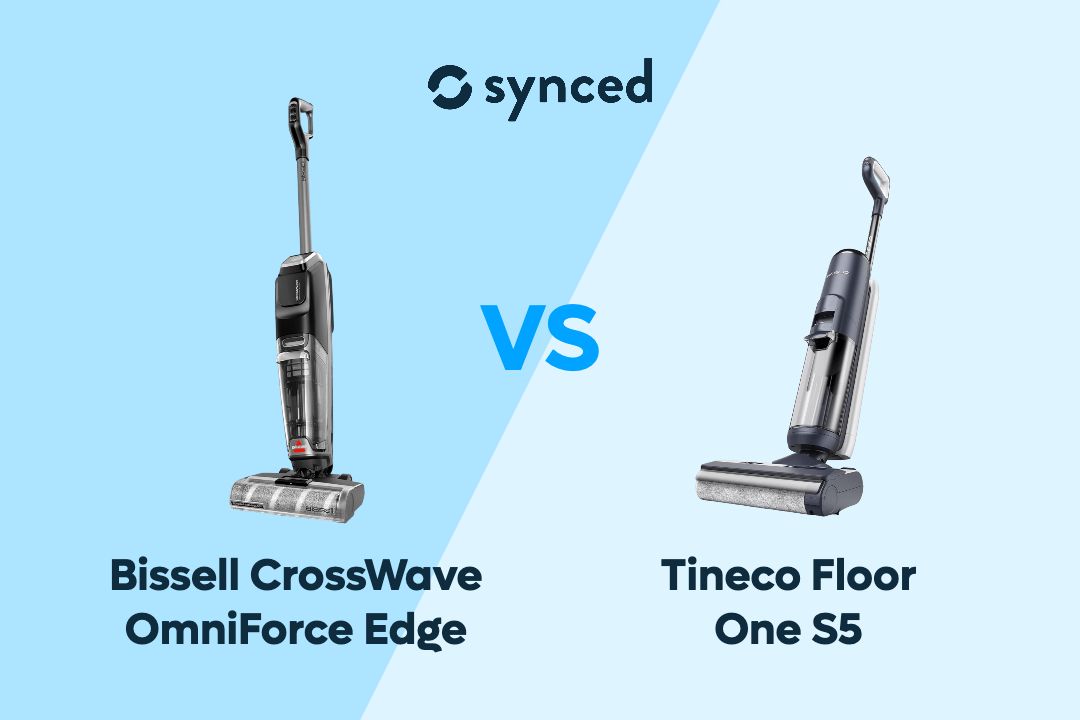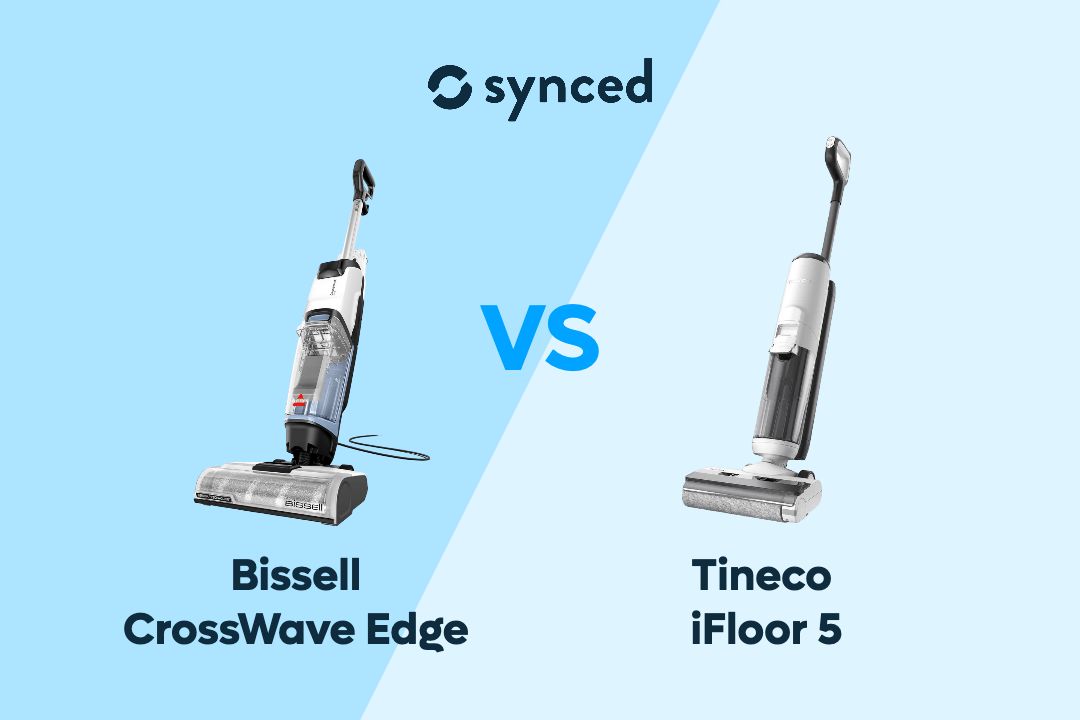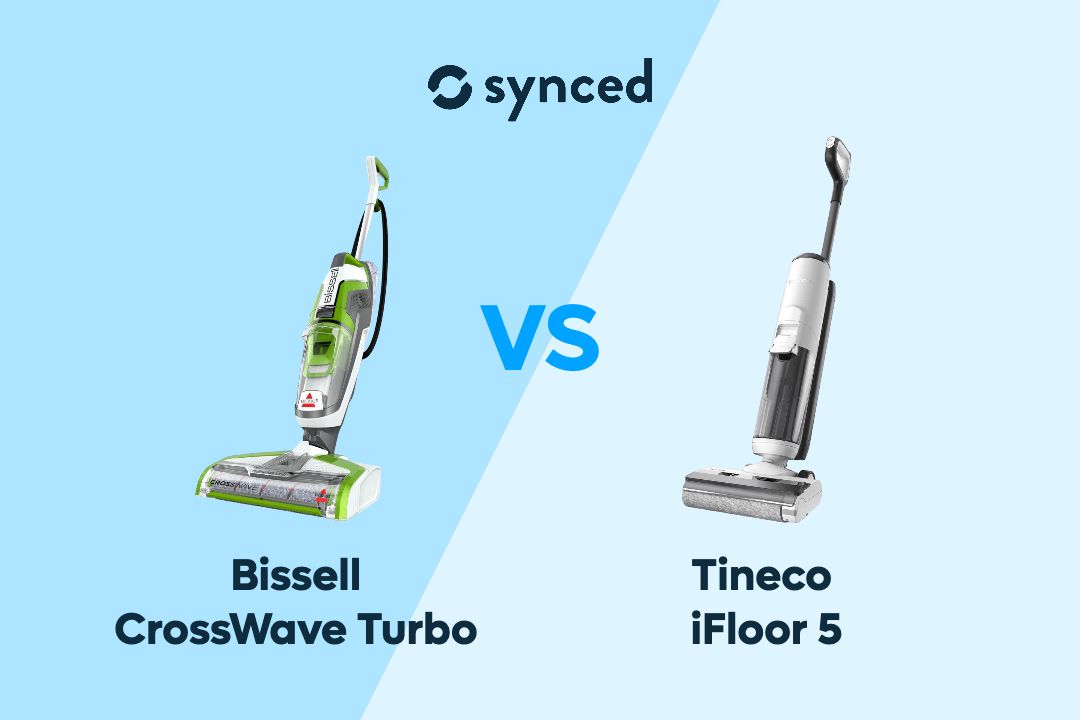Samsung Q60D vs Q70D: What Are the Key Differences?
Naila Syifa
Updated February 2025

The Q60D and Q70D are among Samsung's 2024 QLED TV lineup, with the Q60D being the more affordable model while the Q70D is a mid-range option. With a few hundred bucks more investment in the Q70D, what extra features and capabilities can you expect? Let's compare both TVs and find out!
Key Takeaways
The Q70D justifies its higher price with notable upgrades over the Q60D: a more powerful processor, 120Hz refresh rate, FreeSync Premium for gaming, Adaptive Sound Plus, and an additional HDMI port. These improvements deliver better image quality, smoother motion, more immersive sound, and enhanced gaming performance.


Samsung Q60D
2024 Budget QLED 4K TV
✓ Quantum Processor Lite 4K
✓ 100% Color Volume
✓ Motion Xcelerator
✓ Built-In Alexa

Samsung Q70D
2024 Mid-Range QLED 4K TV
✓ Quantum Processor 4K
✓ 100% Color Volume
✓ Motion Xcelerator Turbo
✓ Built-In Alexa
Display

Samsung Q70D
Samsung Q60D and Q70D have many similar display features. These include Quantum Dot technology that delivers 100% color volume for vibrant and accurate colors, Dual LED backlighting for improved contrast, Quantum HDR for enhanced detail, and 4K AI Upscaling for improved image quality even for non-4K content.
However, these common features don't necessarily result in the same display quality. The Q60D uses a less powerful processor known as Quantum Processor Lite 4K. As the name suggests, it is the 'lite' version of the Quantum Processor 4K used in the Q70D. This means the Q70D is capable of delivering better image processing and overall display performance.
In addition, the Q70D boasts a higher 120Hz refresh rate compared to 60Hz in the Q60D, which gives it smoother motion handling and improved responsiveness for fast-paced content. This difference is also reflected in the different motion technologies they use, with the Q70D featuring Samsung's Motion Xcelerator Turbo and the Q60D having a standard Motion Xcelerator.
Audio

360 Audio on Samsung Q70D
Both TVs use a 2-channel speaker setup that outputs 20W of audio power. If you have an S-series or Q-series soundbar, they also offer a Q-Symphony feature for making the TV speakers and soundbar work in harmony for more immersive listening.
But if you don't have an external soundbar, you can still enjoy some level of immersive audio. The Object Tracking Sound (OTS) Lite on both TVs creates a virtual surround sound that follows the action on screen.
One difference between the two is that while the Q60D features Adaptive Sound, the Q70D has an Adaptive Sound Plus. The former optimizes audio based on the content you're watching, while the latter optimizes audio based on the content and also the characteristics of the room environment. That makes the Q70 more intelligent.
In addition, the Q70 supports 360 Audio, which the Q60D doesn't. This feature allows you to listen to more realistic spatial 3D audio, but it requires a compatible Galaxy Buds.
Smart Features

Samsung Now+ on Samsung Q70D
Powered by Tizen OS, both TVs offer a comprehensive smart platform with access to popular streaming services, various apps, and a web browser. Samsung TV Plus is also included, giving you access to 2700+ free channels.
Voice control is supported via Bixby and the built-in Alexa, but you can also connect to compatible Alexa and Google Assistant speakers. In addition, both TVs can control compatible SmartThings and Matter smart home devices.
One small difference is that the Samsung Q70D offers Samsung Now+. It is a feature that provides a dashboard of information (weather, SmartThings, music, family board) when you say "Hi Bixby" while the screen is off.
Gaming Features

Samsung Q60D vs Q70D
Both TVs have a range of common features that support enjoyable gaming experiences, including Auto Game Mode that automatically switches the TV to a low latency mode for gaming, a Gaming Hub where you can access cloud gaming services, and a Game Bar where you can access detailed gaming settings and information.
One slight but significant difference is that the Q70D features FreeSync Premium, a variable refresh rate (VRR) technology that synchronizes the display's refresh rate with the game's frame rate. This results in smoother, tear-free, and more responsive gaming than the Q60D, which lacks any VRR support.
Connectivity

Samsung Q60D
While both smart TVs equally offer two USB-A ports, the Q70D has four HDMI ports while the Q60D has only three HDMI ports. On top of that, all the HDMI ports on the Q70D support 4K/120Hz, while HDMI ports on the Q60D support only up to 4K/60Hz.
With more ports and a higher HDMI input rate, the Q70D provides more flexibility for connecting multiple high-performance devices like gaming consoles, streaming boxes, and more.
Samsung Q60D vs Q70D
Final Thoughts

Samsung Q70D
While the Q60D is a more affordable option, the Q70D offers several upgrades that justify the higher price tag. The Q70D's Quantum Processor 4K delivers better image processing and overall display quality compared to the Q60D's Quantum Processor Lite 4K.
Additionally, the Q70D's 120Hz refresh rate and Motion Xcelerator Turbo technology provide smoother motion handling and improved responsiveness, making it a better choice for fast-paced content and gaming, especially with the added FreeSync Premium.
Furthermore, the Q70D's Adaptive Sound Plus provides more intelligent audio optimization compared to the Q60D's Adaptive Sound. These enhancements, along with the Q70D's additional HDMI port and higher HDMI input rate, make it the more versatile and premium option.
If you like to read more about Smart TV, check out our other relevant guides here:
Samsung Q70D vs Q80D
Samsung Q60D vs Q80D
Samsung Q80D vs QN85D
Samsung Q60C vs Q60D
Samsung Q70C vs Q70D
Samsung Q80C vs Q80D
Author

Naila Syifa
Naila has spent over 1,800 hours researching, exploring, and writing about the latest trends in technology, consumer electronics, and smart home gadgets.
Don't miss out on tech
Subscribe to our newsletter to stay up to date on the latest tech trends and guides on the best gadgets around.







